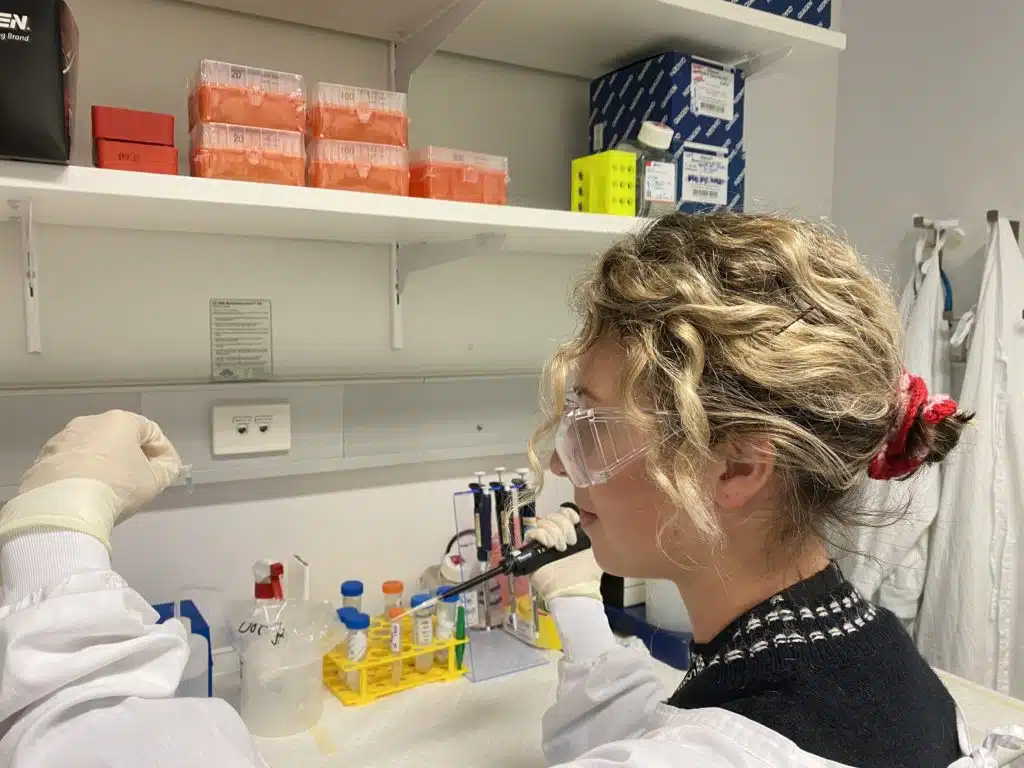A new test provides a window into individual tumours
Ovarian cancer is an aggressive and deadly disease, with more than185,000 fatalities worldwide each year.
The high death toll is due to many patients developing resistance to chemotherapy, and while drugs exist that could overcome this problem, we lack the detailed, personalised information needed to choose which drug can target the tumour effectively.
Researchers at the University of New South Wales have targeted the waste product of a common medical procedure to develop a ‘liquid biopsy’ that provides unprecedented information about each individual cancer.
“It is an exciting opportunity to deliver precision medicine to women with chemotherapy-resistant ovarian cancer,” says researcher Bonnie Werner.
A biopsy is an often painful procedure that samples tissue from the body for further study. A liquid biopsy tests blood or other fluids looking for evidence of cancer.
Bonnie and her team focused on a common feature of ovarian cancer – the accumulation of free fluid in the abdomen, known as ascites, and decided to analyse it for any information it may provide about the ovarian cancer.
They discovered it contains cell-free DNA that acts as a window into the features of tumours.
“Cell-free tumour DNA is released by cancer cells when they die,” says Bonnie. “It effectively gives us access to tumour samples that will allow personalised profiling of the disease. This helps us choose the best selection of drugs to combat chemotherapy-resistant cancer in each individual.”
The test will not cause additional stress to the patient the way an invasive tissue biopsy would, either. Ascites is routinely drained to relieve the many symptoms it causes, so it can be accessed without imposing additional invasive and unwelcome procedures on patients.
This insight into disease advances researchers towards the goal of improved care and better outcomes for patients with an otherwise poor prognosis caused by chemotherapy resistance.





 Fresh Science is on hold for 2022. We will be back in 2023.
Fresh Science is on hold for 2022. We will be back in 2023.